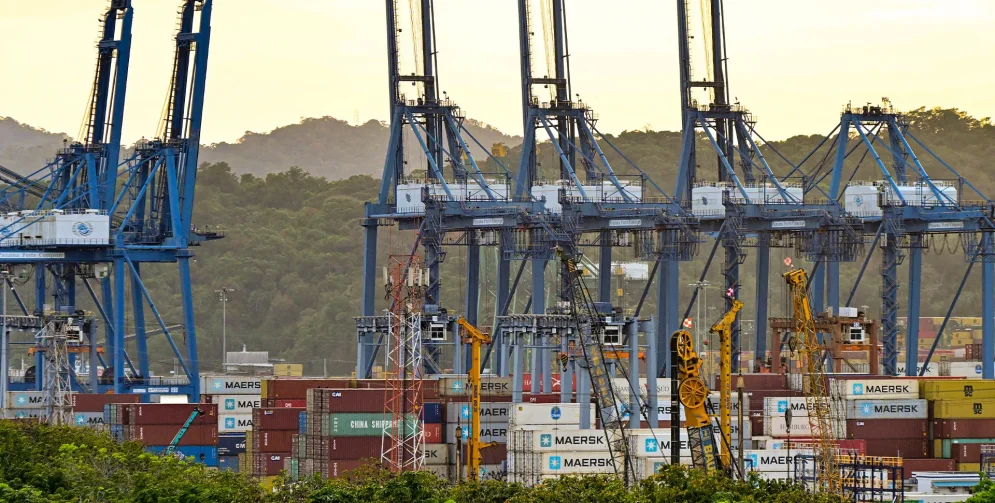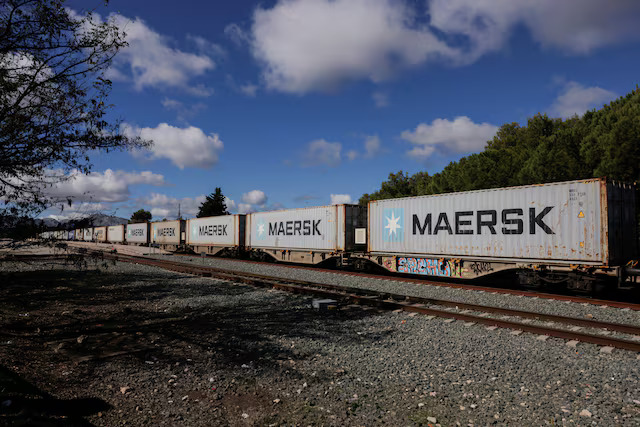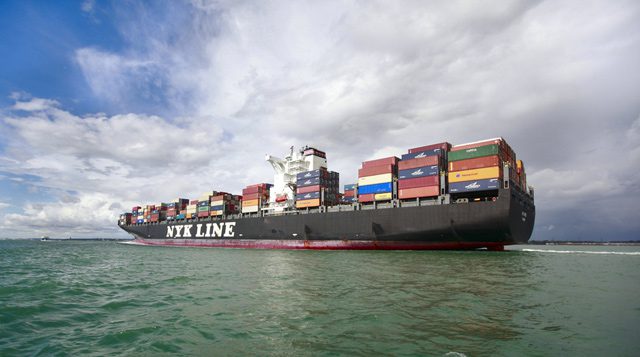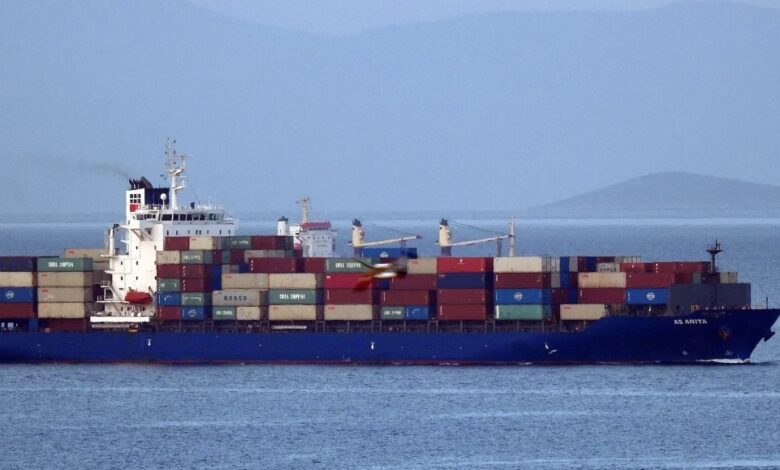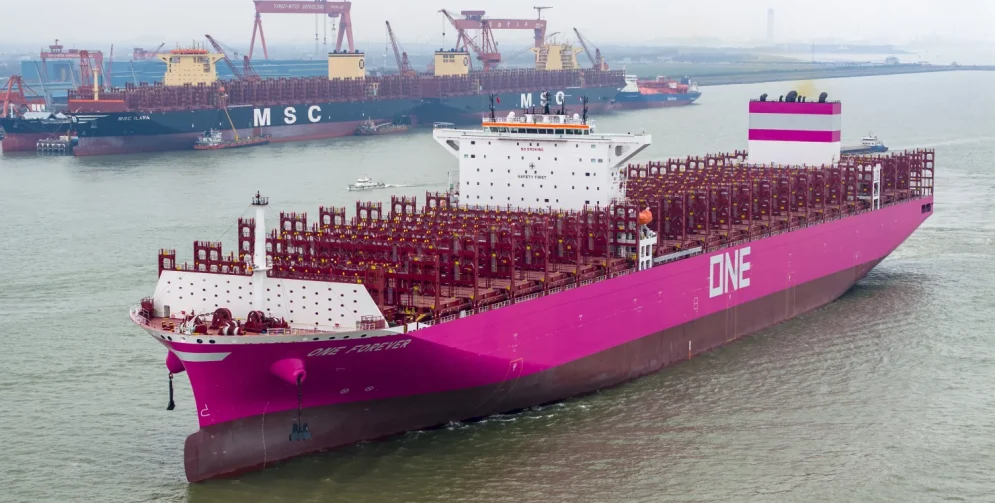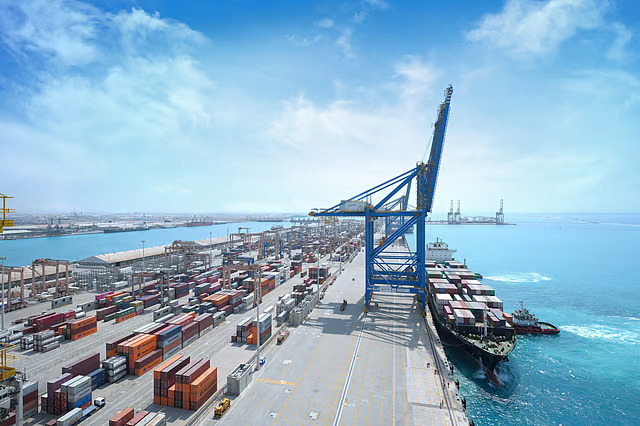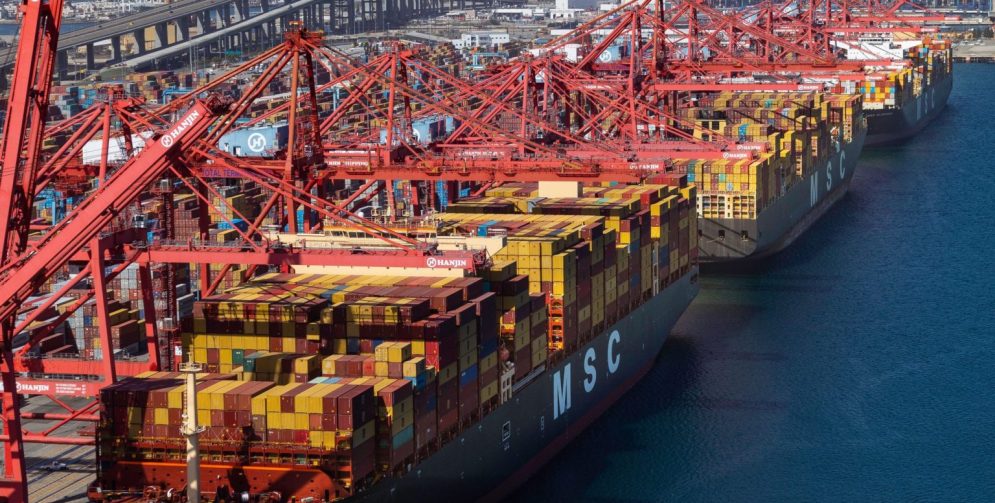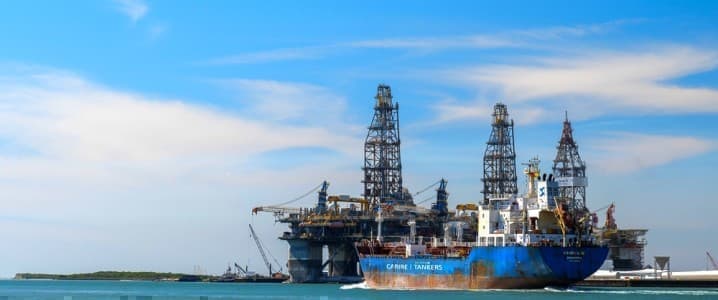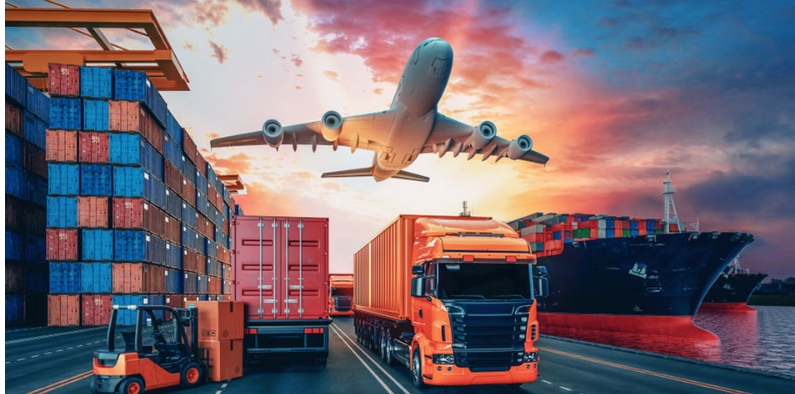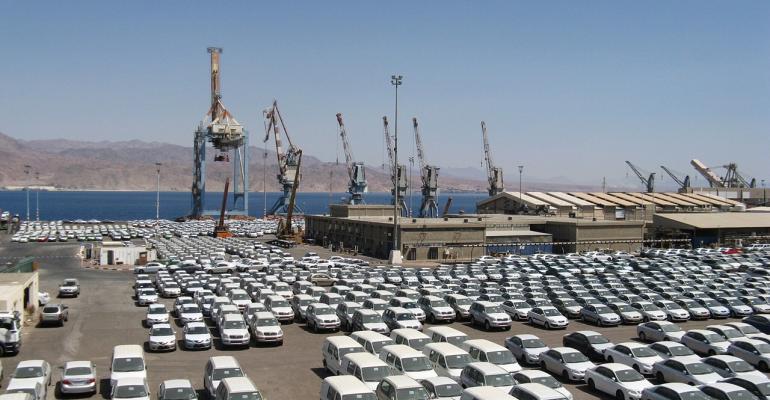As China blocks terminals deal, BlackRock chief says ports ‘will define the future’
The chairman of one of the largest global investment managers says ports are as critical to future infrastructure of the global economy as data centers and power grids.
BlackRock Chairman Laurence Fink in an annual letter to investors said that’s why the company spent 2024 transforming itself into a leader in private markets, the better to get a jump on what it estimates will be a $68 trillion infrastructure boom.
“Assets that will define the future—data centers, ports, power grids, the world’s fastest- growing private companies—aren’t available to most investors,” Fink wrote. “They’re in private markets, locked behind high walls, with gates that open only for the wealthiest or largest market participants.”
New York-based BlackRock (NYSE: BLK) in February announced it was partnering with shipping giant MSC of Geneva to acquire most of the port terminals of CK Hutchison (0000.HK) of Hong Kong in a $23 billion deal that could alter the balance of power in container shipping.
But China this week blocked the sale, which includes terminals at the Panamanian ports of Cristobal and Balboa, near the Panama Canal, saying it planned a formal review.
The agreement in principle covers terminals at a network of 43 ports across 23 countries, Fink said. “One in every 20 shipping containers moving around the world passes through these ports each year.”
Fink said deficit spending is choking off infrastructure funding by governments, which will have no recourse but to tap private investment.
Between 2024 and 2040, global infrastructure will require investment of $68 trillion, Fink said – $2 trillion just in ports.
“Meanwhile, companies won’t rely solely on banks for credit,” he wrote. “Bank lending is constrained. Instead, businesses will go to the markets. The money is already there. In fact, more capital is sitting idle today than at any point in my career. In the U.S. alone, roughly $25 trillion is parked in banks and money market funds.”

